AUSA Roundup
Article By : Hailey Lynne McKeefry
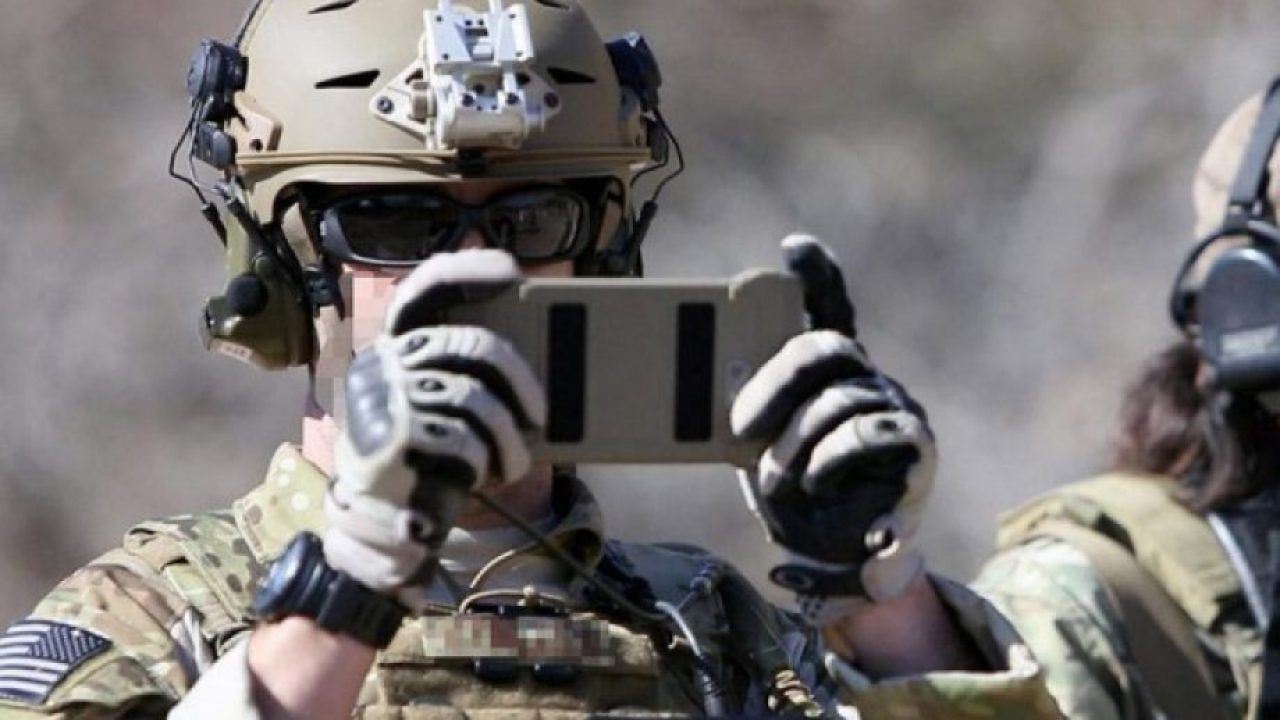
A look at the latest in war tech from the 2018 Annual Meeting and Exposition of the Association of the U.S. Army
The 2018 Annual Meeting and Exposition of the Association of the U.S. Army this week drew more than 31,000 people from 100 countries to Washington, DC. More than 700 exhibitors showed their next-generation offerings at the defense forum, which carried the theme of ‘Ready Today, More Lethal Tomorrow.’ Ruggedization and weight-reduction proved to be key attributes in these new product introductions.
W. L. Gore & Associates introduced a lightweight cable option for tethered drones. The GORE Tethered Drone Cables combine power and fiber-optic cables and durable, lighter-weight materials to maximize Tether Management System (TMS) availability; provide more design options and payload, and enable greater drone operational capability. The cables have a dielectric that is 20% smaller than standard nylon cables, and provide weight stability in harsh fluids.
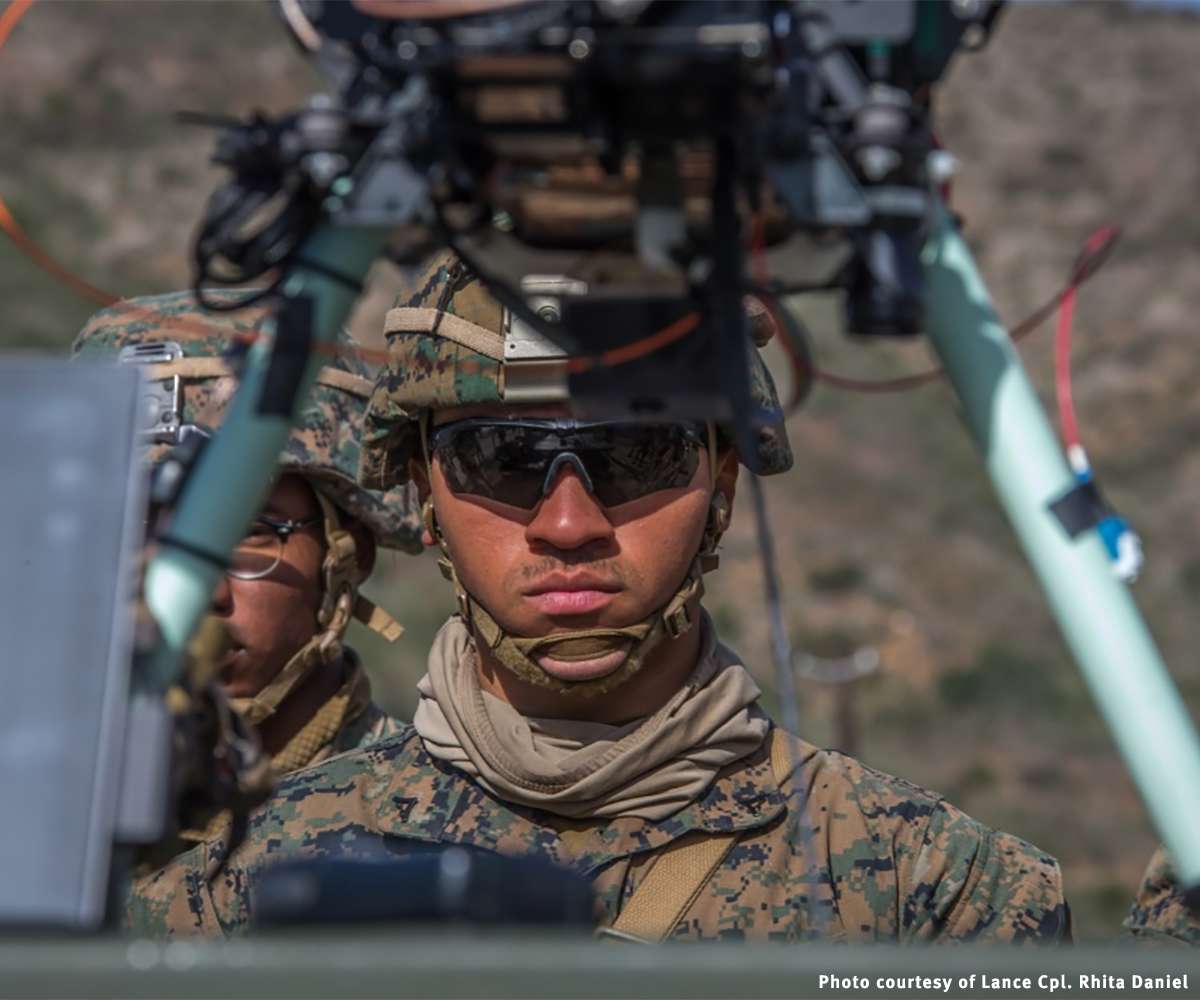
Image courtesy: WL Gore
These Gore cables are engineered with high-strength and weather-proof materials that withstand crushing, abrasion, repeated reeling, extreme temperatures, humidity, rain, snow, and tough terrain, the company said. The single-mode fiber-optic cable meets ARINC 802-2 requirements and are crush resistance with low insertion loss.
Cannon and Enidine showed a range of interconnect, energy absorption and vibration isolation products for military and defense applications that support high-intensity conflict, multi-domain battle, and non-combat operations. “Our connector and motion control solutions are designed for modern military applications that help keep our soldiers safe while enabling the performance and reliability of equipment and devices in the most extreme conditions and harshest environments,” said Farrokh Batliwala, president of ITT’s Connect and Controls Technology business.
The company’s highlighted a number of lightweight, reliable and high-performance interconnects for soldier-worn applications aimed at enhancing communication, increasing mobility and maximizing situational awareness. These include:
- Cannon’s Nemesis II CBA 20+ Meters high speed, high mating and quick termination interconnect, which designed and tested for water submersion to at 20+ Meters (65.6 feet)
- Cannon’s Rock-in-Lock (RIL) Latching Connector, a flash-drive-sized, low-profile quick connect that can be attached to a helmet or tablet without any tools.
- Enidine hydraulic recoil buffers which help to absorb energy in soldier borne weapons.
Systel launched two new products at the show: Raven-Strike and HR3000. “Systel’s tactical capabilities support the Army’s rapid prototyping initiatives and deployments for multi-domain operations,” said Aneesh Kothari, vice president of marketing for Systel. “Both Raven-Strike and HR3000 are robust mission computers, purpose-built to meet the demands of modern fighting vehicles.”
Raven-Strike, a fully sealed and rugged system, boasts minimal SWaP-2C and maximum CPU and GPU core density. HR3000, a member of Systel’s Puma-Bolt class space-saver server series, is a SWaP-2C optimized 3U rack-mount server featuring edge-computing processing power in a half-rack width, shor- depth form factor.
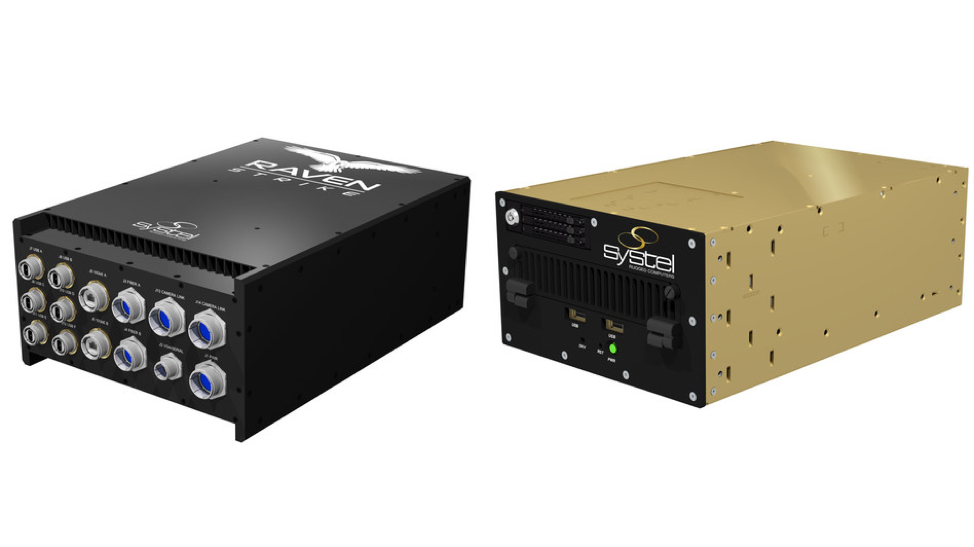
Image courtesy: Systel
IMI Systems (IMI), meanwhile, showed the Oshkosh Defense Joint Light Tactical Vehicle (JLTV) equipped with its Iron Fist Light Decoupled (IF-LD) APS; a hard-kill system that addresses threats ranging from short-range RPGs to anti-tank missiles and more
The system utilizes two sensing technologies to increase the vehicle’s situational awareness and minimize false alarms while letting it to respond to aggressors quickly and accurately. The IF-LD’s blast interceptor destructs threats without initiating its warhead. It uses a modular design that does not require penetrating the vehicles roof.
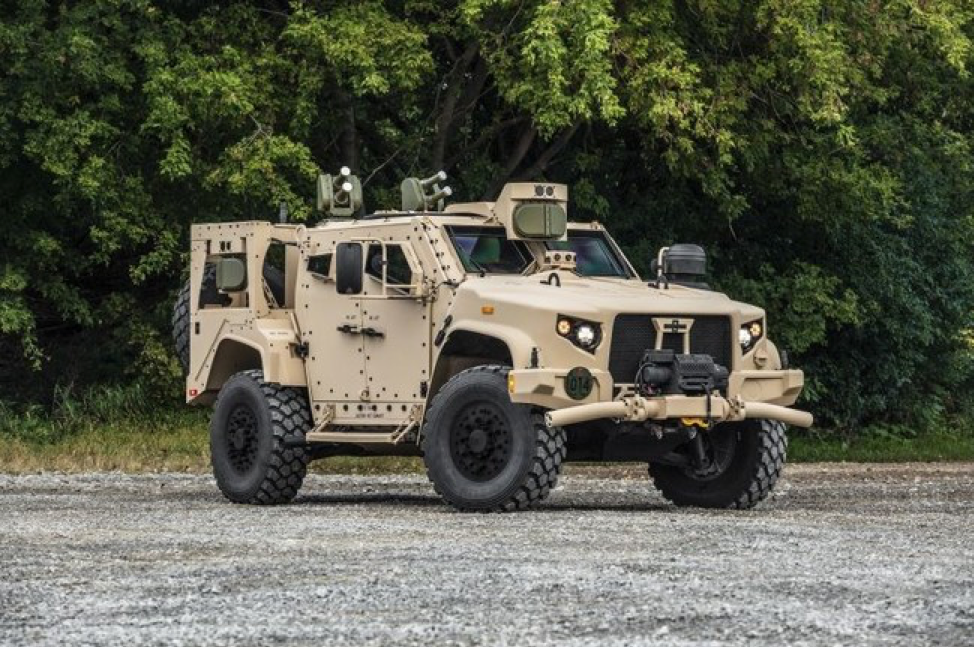
Image courtesy: IMI Systems
UTC Aerospace Systems introduced a new Lightweight Ballistic Protection System (LBPS) for its Cargo On/Off Loading System (COOLS) for the CH-47 Chinook. The new LBPS provides operators with up to 20% weight savings, giving operators a choice to increase fuel efficiency or add weight elsewhere in the platform, the company said. COOLS lets Chinook operators convert from a flat floor for transporting troops to a cargo floor with rollers in under 15 minutes, creating flexibility for mission changes.
Design wins
General Micro Systems (GMS), a rugged C4ISR mobile systems and servers company, announced a design win that features both ruggedization and reduced form factor. The system brings GMS’ customers both advanced video coding (AVC/H.264) and high-efficiency video encoding (HEVC/H.265) integrated with the GMS S1202-HS Golden-Eye IV ruggedized, small form factor workstation. The solution, combined with the customer’s software, transmits video more efficiently while retaining high image quality and maximizing the opportunity for extracting all-important video metadata.
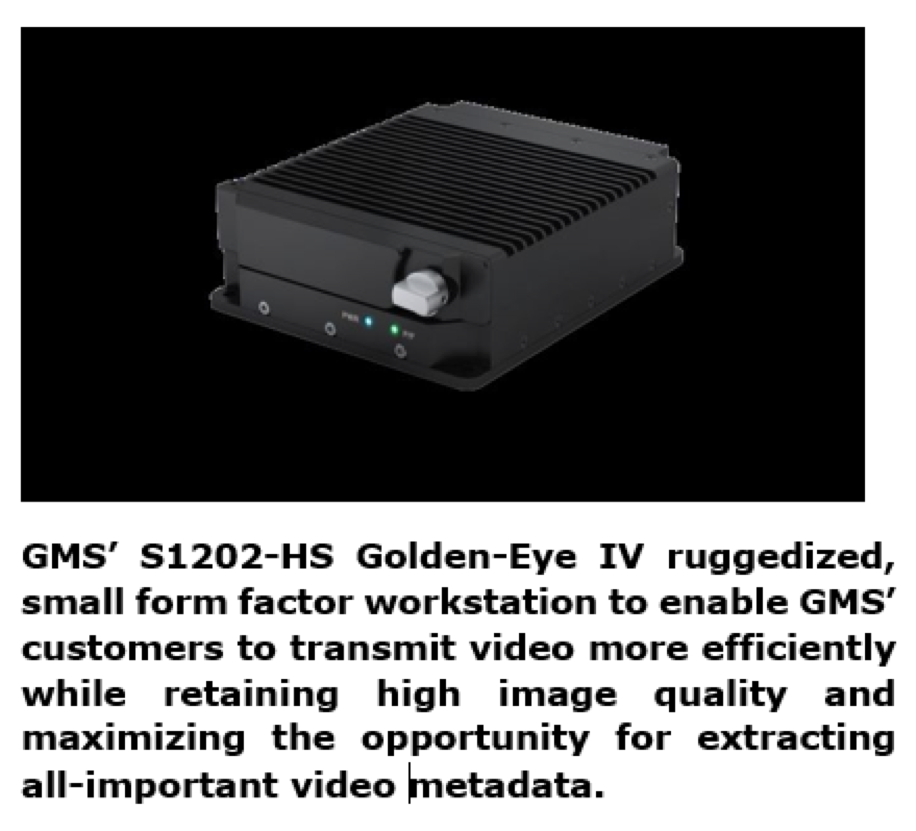
“This approach allows users to either increase the resolution over the same communications link or dramatically reduce the bandwidth used, freeing up the link for other data transmission,” said Ben Sharfi, chief architect and CEO, General Micro Systems. “This is extremely important on the ground, in the air, or at sea because poor image resolution can lead to loss in critical image data, and therefore, lead to sub-optimal image processing.”
Featuring an Intel E3 Xeon processor, multi-head graphics output, multiple HD-SDI inputs and 1/10 Gb Ethernet network ports and one removable drive, the system is a fully ruggedized, conduction-cooled, sealed system that operates from -40°C to +85 °C. With a base configuration priced at under $10,000, GMS’ S1202-HS, an ultra-rugged, low-profile, lightweight workstation/server/graphics processor, weighs five pounds and measures 6.5 x 5.4 x 2 inches.
Subscribe to Newsletter
Test Qr code text s ss


